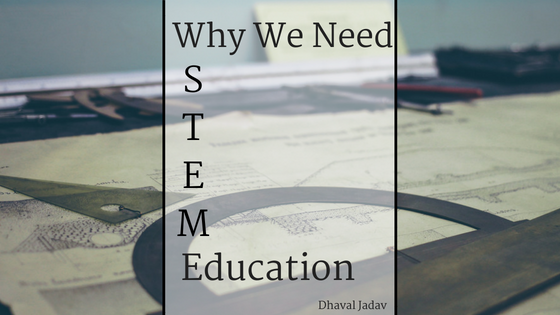As our society continues to grow, develop, and become more technologically complex, it is imperative that we are providing new generations with the tools and skills to flourish. Continuing education has become a growing trend for many eager young adults who realize the value in investing in their own future. Meanwhile, companies and universities are finding students that are graduating from STEM-related programs as attractive prospects for both employment as well as continued education. STEM education is a curriculum designed to focus on four specific disciplines; science, technology, engineering, math, and prepare students for the continuous evolution and demands of the workforce. Recently, STEM initiatives have increased momentum in the U.S due to an increase in jobs favoring STEM-trained applicants; yet, due to a currently shallow talent pool, many companies are experiencing difficulty obtaining qualified candidates.
According to the U.S. Department of Education, high school and college students focusing on a STEM-based curriculum are at a global low. “Only 16 percent of American high school seniors are proficient in math and are interested in a career in a STEM-related field. Even among those who do go on to pursue a college major in the STEM fields, only roughly half choose to work in a career related to STEM. The United States is falling behind internationally, ranking 29th in math and 22nd in science among industrialized nations.” Additionally, a contributing factor to these statistics is the significant lack of STEM programs offered to students within the U.S. education system. Increasing the number of participating STEM students and professionals is the priority; however, that objective cannot be reached without the necessary resources.
Multiple initiatives have been established in recent years, from government plans to corporate-funded scholarships, to address the issues surrounding STEM education in the U.S. In 2013, the Obama Administration issued a 5-year strategic plan for STEM education. This plan highlighted areas of financial investments, STEM-based training and resources for instructors, and STEM curriculums and programs from early education to graduate level students. Additionally, the Trump Administration is continuing STEM education efforts with another 5-year strategic plan that was recently discussed at the 2018 State-Federal STEM Education Summit. As the government is making strides towards improving opportunities within STEM education, national organizations are also following suit.
With an increase in demand, companies seeking and supporting STEM-related careers have taken actions to help contribute to the initiative of expanding the curriculum and talent pool. Industry leaders, such as alliantgroup, offer bi-annual scholarships to high school graduates intending to enter and complete a college-level STEM program. These scholarships are awarded to academically driven students who have the passion and interest in pursuing a career in the STEM field and, in turn, will help grow the technical talent pool of the nation.

